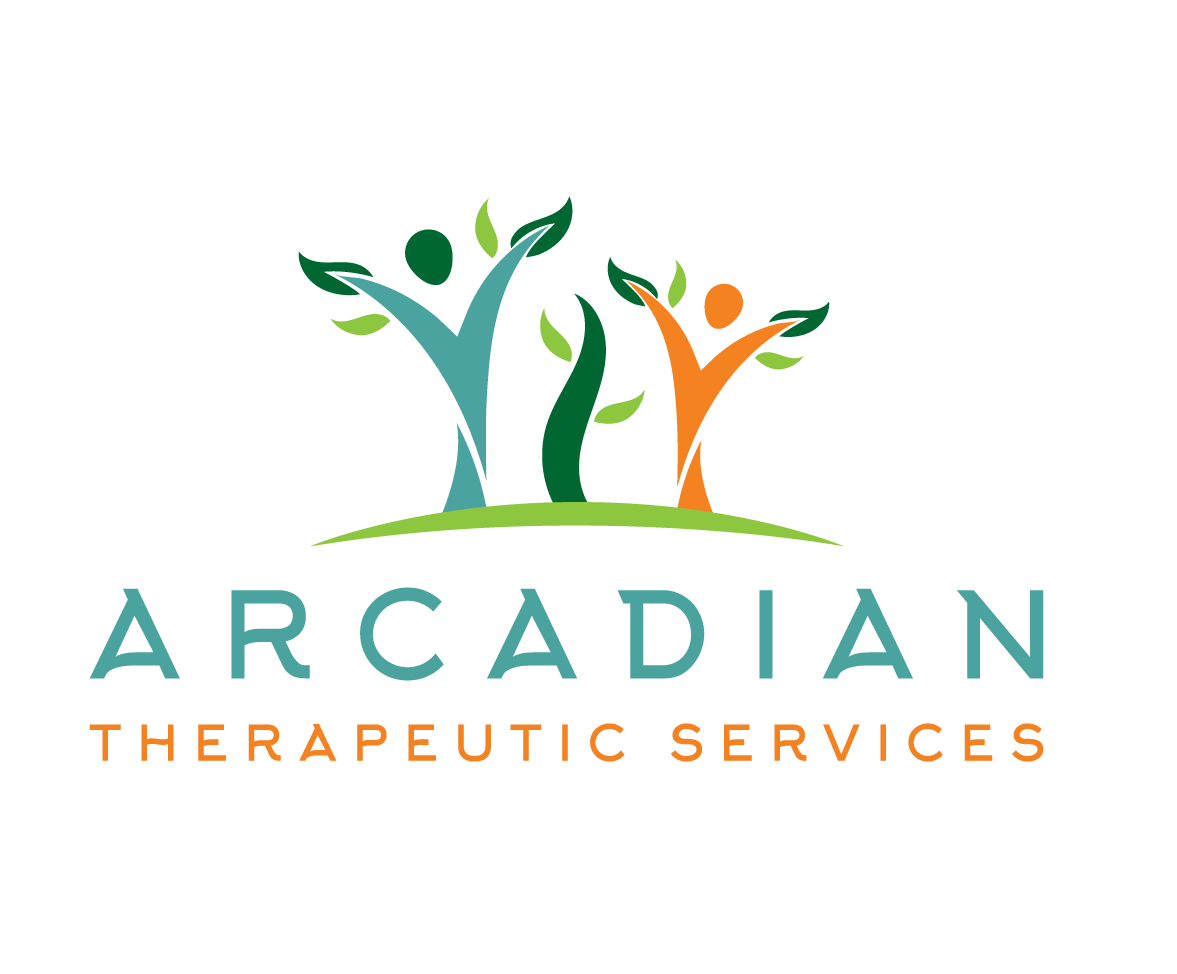Seasonal Affective Disorder and Light Therapy
As the days grow shorter and colder, many individuals wrestle with a familiar foe: seasonal depression. This condition, often referred to as Seasonal Affective Disorder (SAD), can cast a dark shadow over the winter months, affecting one's mood, energy levels, and overall well-being. But fear not, for there is a ray of hope in the form of light therapy. In this blog post, we'll explore what seasonal depression is and how light therapy can help alleviate its symptoms, providing a glimmer of hope during the darker months.
Understanding Seasonal Depression
Commonly referred to as seasonal depression, Seasonal Affective Disorder (SAD) usually manifests during the fall and winter months when daylight becomes scarce. It is believed to be primarily triggered by reduced exposure to natural light. It's also related to disruptions in the body's internal clock (circadian rhythm) and changes in neurotransmitter levels, particularly serotonin and melatonin.
Common Symptoms of Seasonal Depression
SAD symptoms vary from person to person but generally include:
Persistent sadness or low mood
Decreased energy levels
Changes in sleep patterns, including oversleeping or insomnia
Weight gain and increased appetite, particularly for carbohydrate-rich foods
Difficulty concentrating and making decisions
Withdrawal from social activities and a lack of interest in things once enjoyed
Light Therapy as a Treatment
Light therapy, also known as phototherapy, is a non-invasive and highly effective treatment for seasonal depression. It involves exposure to bright artificial light that mimics natural sunlight. The main principle behind light therapy is to simulate the effects of daylight, which helps regulate the body's internal clock and neurotransmitter levels. This can improve mood, increase energy, and reduce other SAD symptoms.
How Light Therapy Works
Light Intensity: Light therapy lamps, also called lightboxes, emit light with an intensity that is much greater than indoor lighting. The recommended intensity is typically 10,000 lux, about 20 times brighter than regular indoor lighting.
Duration: Sessions typically last between 20 to 30 minutes each day, ideally in the morning, as it helps reset the circadian rhythm and improve sleep patterns.
Consistency: Light therapy is most effective when used regularly, every day throughout the fall and winter months. It's essential to create a routine to maximize its benefits.
Distance: You should sit or work at a distance from the lightbox, usually about 16 to 24 inches away, and keep your eyes open but not stare directly into the light.
Benefits of Light Therapy for Seasonal Depression
Improved Mood: Light therapy helps alleviate symptoms of depression by increasing the production of serotonin, often referred to as the "feel-good" hormone.
Enhanced Energy Levels: Many individuals report increased energy and reduced feelings of fatigue, which can significantly improve daily functioning.
Better Sleep Patterns: Light therapy can help regulate your circadian rhythm. This makes it easier to fall asleep and wake up at specific times.
Non-Invasive and Safe: Light therapy is generally well-tolerated and has minimal side effects compared to some medications.
Seasonal depression can make the winter months seem longer and darker than they are. Light therapy can help provide the much-needed sunshine that our bodies and minds crave during this time. By understanding the nature of seasonal depression and the benefits of light therapy, you can take steps to alleviate its symptoms and regain control of your well-being. Always consult with your healthcare provider to determine the best treatment plan for your unique needs. With the power of light, you can illuminate the path to a brighter, more hopeful winter season.
Written by: Shelby Hood, Candidate for Masters in Marriage and Family Therapy
